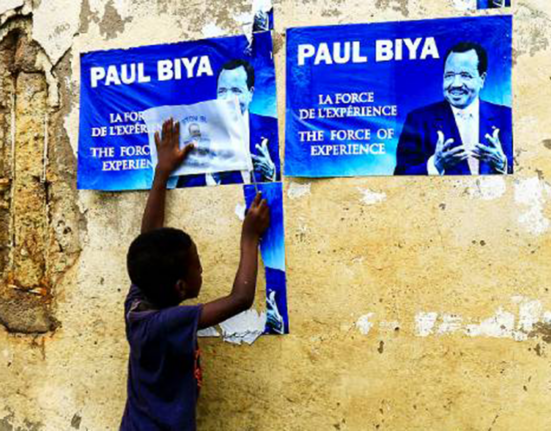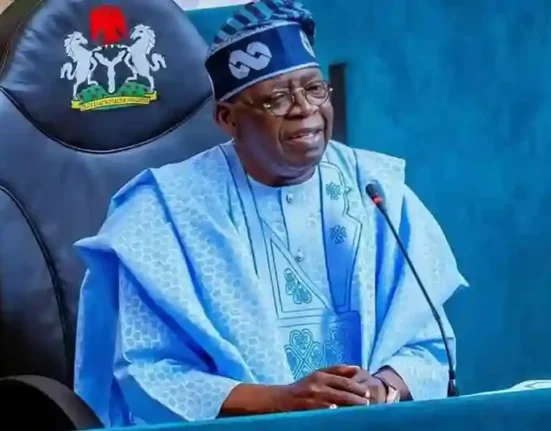By AfricaHeadline
September 2025
The U.S. dollar has been more than paper and numbers on screens. Since the Bretton Woods Agreement of 1944, it has been the legal and political cornerstone of the global economy. Initially tied to gold, it survived the collapse of the gold standard in the 1970s, kept alive by oil contracts, international trade law and central bank reserves.

AfricaHeadline Reports Team
editorial@africaheadline.com
But today, after wars of sanctions, unprecedented debt and new digital experiments, its supremacy looks shakier than at any time in living memory. The question is no longer whether the dollar is challenged. It is whether the system that has sustained it can adapt fast enough to survive.
71% → 57%: the dollar’s share of global reserves since the early 2000s.
50% → 30%: foreign holdings of U.S. Treasuries in the same period.
$37 trillion: America’s federal debt, a historic high.
These figures underscore a slow erosion of trust. Central banks from Brazil to Beijing are diversifying, buying gold and yuan. For investors, the greenback is still a safe haven, but a less unquestioned one.
“This is not a collapse. It’s a gradual diversification, born of necessity and politics,” said Aisha Benali, senior economist at the African Development Bank.
For Russia, Iran, and Venezuela, U.S. sanctions have meant exclusion from the dollar system. Assets frozen, banks blacklisted, trade channels severed. Washington turned finance into foreign policy.
But that power has bred backlash. Russia now settles oil sales in yuan and dirhams. China has expanded its cross-border Interbank Payment System (CIPS) as a partial alternative to SWIFT.
Legally, the U.S. approach has raised thorny questions: can American law reach every transaction cleared in dollars? For targeted nations, it is sovereignty under attack. For U.S. allies, it is a reminder that dollar dependence can quickly become vulnerability.
America’s rising debt is another fault line. Foreign appetite for Treasuries has declined sharply, leaving the Federal Reserve and domestic investors to shoulder more.
Some factions in Washington argue a weaker dollar could help exports. But economists warn that devaluation cannot mask structural weaknesses. “A cheap dollar is not an industrial policy. It’s a short-term sedative,” said Laura Chen, professor of international economics at Columbia University.
The political risks are obvious. If investor confidence falters, borrowing costs could climb, adding pressure to a debt already labelled “unsustainable” by watchdogs.
Chinese yuan: gaining traction in energy trade, especially with Russia, but constrained by China’s capital controls.
Euro: widely used but weakened by fragmentation and uneven fiscal unity.
Gold: central banks are hoarding, yet it cannot fuel modern payments.
Digital currencies: from central bank experiments to the BRICS talk of a digital coin, but legal frameworks remain patchy.
Brazil has urged gradualism, preferring local currencies over radical experiments. China is more assertive. Russia, forced by sanctions, is the most aggressive. Still, none of these rivals has the liquidity, legal reach or global trust that the dollar commands.
The debate is not only economic, it is legal.
Sanctions and sovereignty: extraterritorial enforcement of U.S. rules collides with international law.
Currency manipulation: WTO treaties can trigger disputes if Washington is seen to weaponize the dollar’s value.
Digital currencies: a BRICS digital coin would require new global regulatory regimes on AML/KYC and cyber-security.
Stablecoins: U.S. legislation on dollar-pegged tokens could reinforce dominance, but raise global privacy and jurisdictional concerns.
In short, the future of the dollar may be decided as much in courts and treaties as in markets.
1944: Bretton Woods Agreement makes the dollar the anchor currency, tied to gold.
1971: President Nixon ends the gold standard, dollar floats but remains dominant.
2000s: Dollar holds 71% of global reserves.
2014–2015: U.S. sanctions intensify on Russia, Iran, Moscow and Beijing begin testing alternatives.
2022–2024: BRICS push for local currency trade, raise idea of a digital coin.
2025: Dollar’s share of reserves drops to 57%, lowest in three decades.
Despite growing cracks, the dollar’s throne remains firm. It is deeply embedded in oil contracts, sovereign debt markets and the legal fabric of global trade. No rival is ready to replace it.
Yet the symbolism has shifted. For the first time in 80 years, policymakers speak of a “post-dollar” world without being dismissed outright.
“The dollar is still king,” said Sergei Ivanov, a Moscow-based economist. “But kings fall not when rivals are strong, but when subjects lose faith.”








